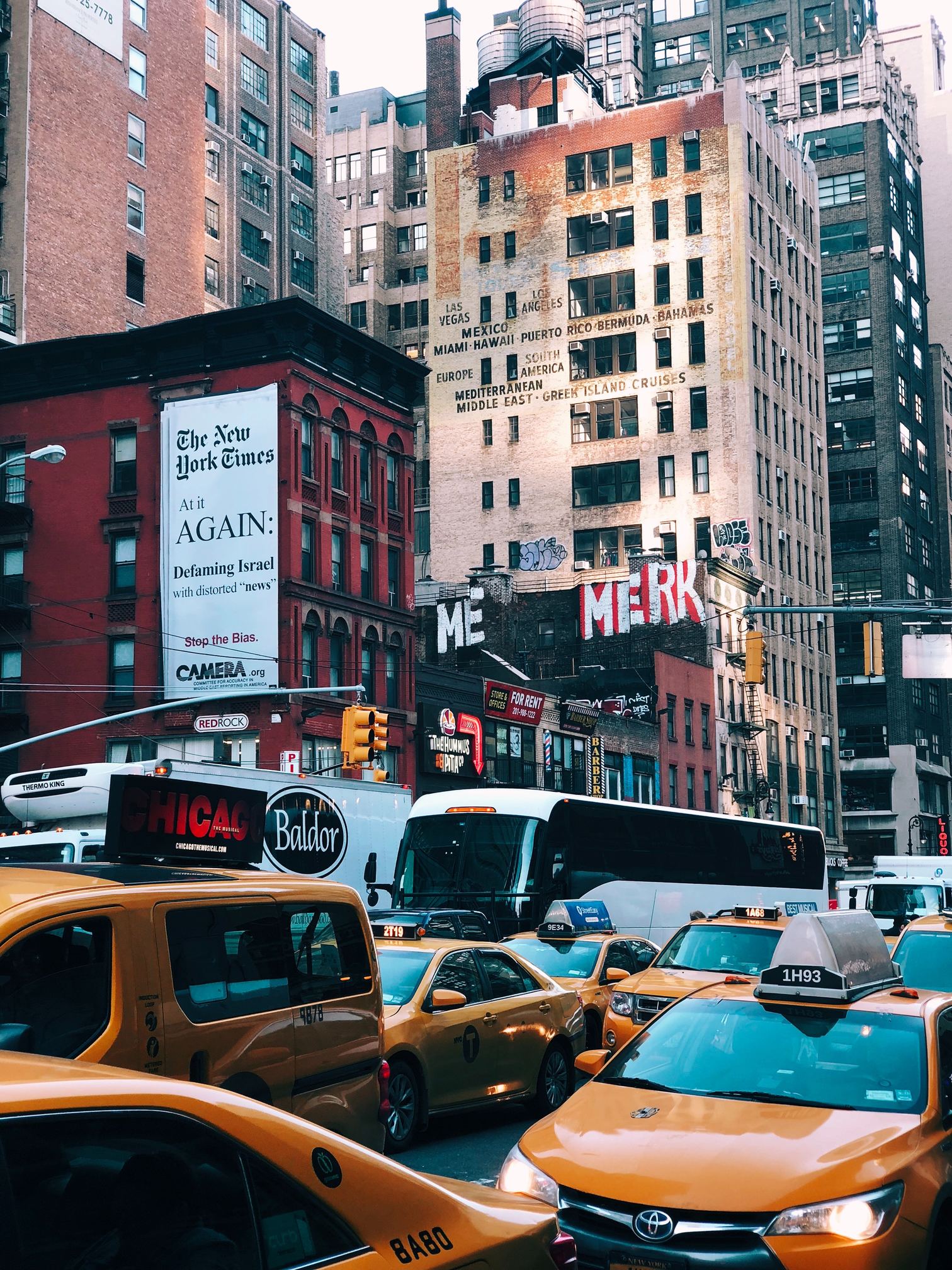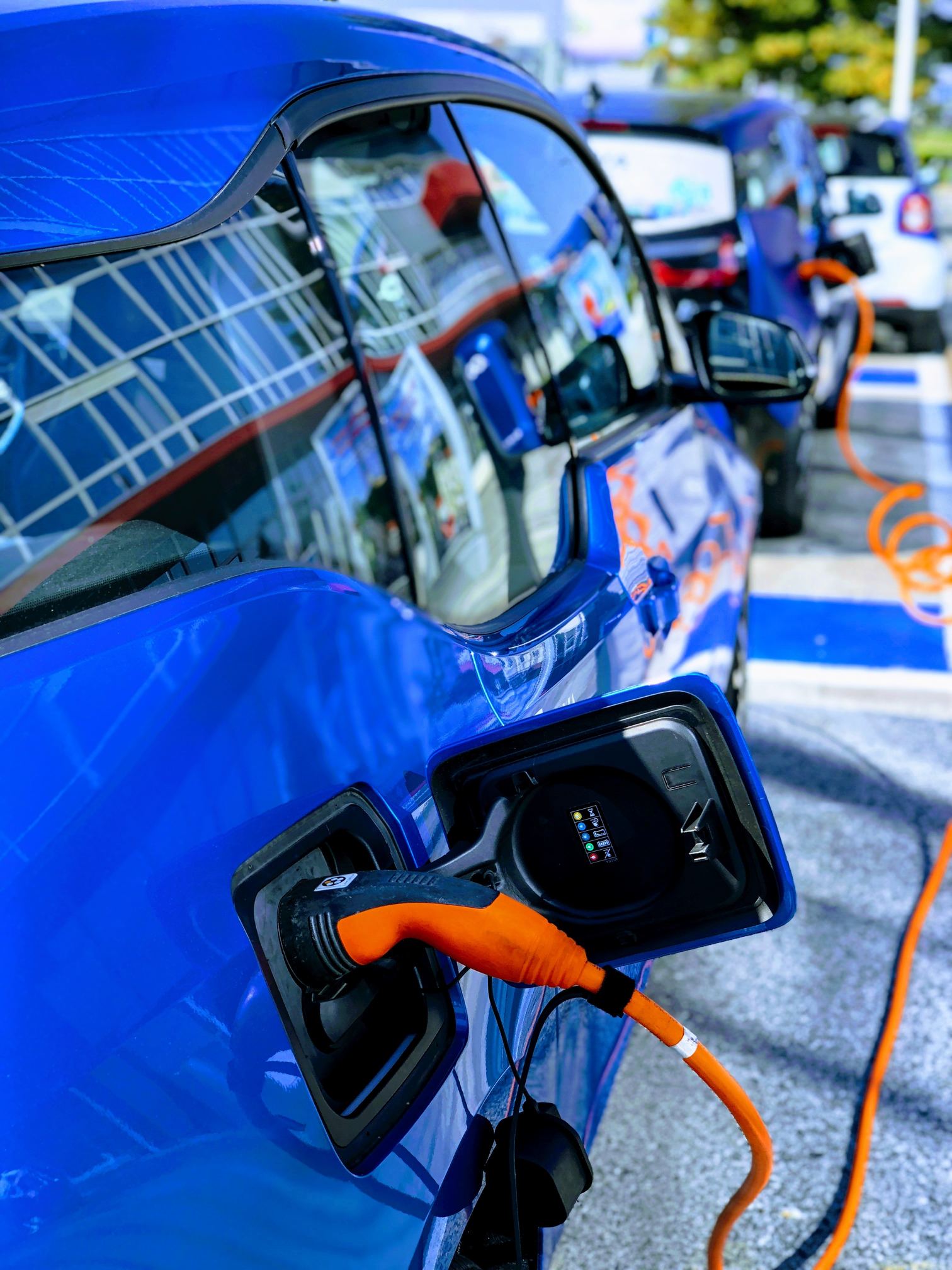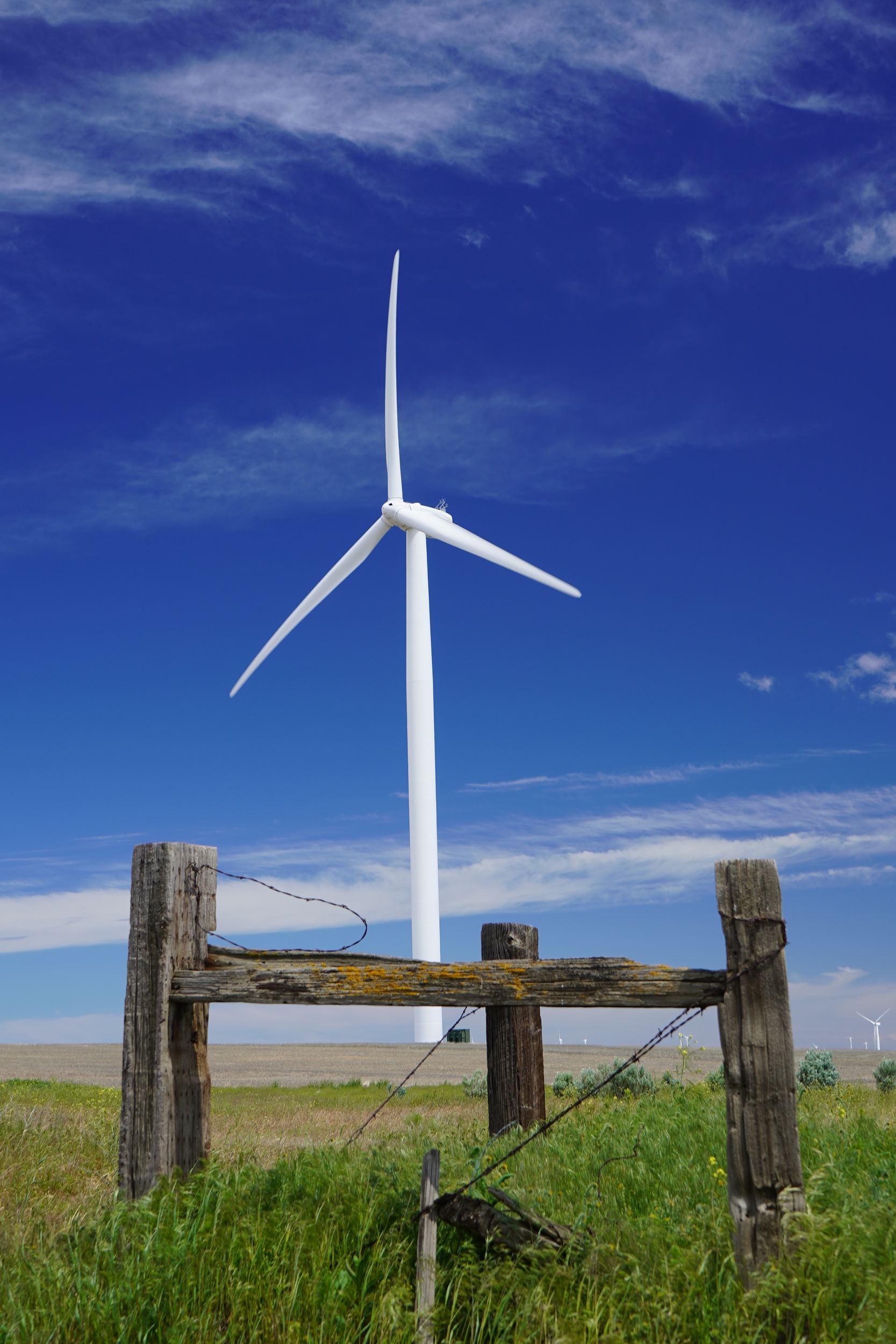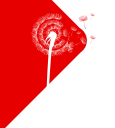10 ways you can fight air pollution
Actions You Can Take to Reduce Air Pollution.I don’t drive during rush hour
I walk to work
I drive an electric vehicle
I compost my waste
I recycle my waste
I don’t burn waste
I use renewable energy to power my home
I use clean energy to cook
I check daily air pollution levels
I turn off lights and electronics not in use










